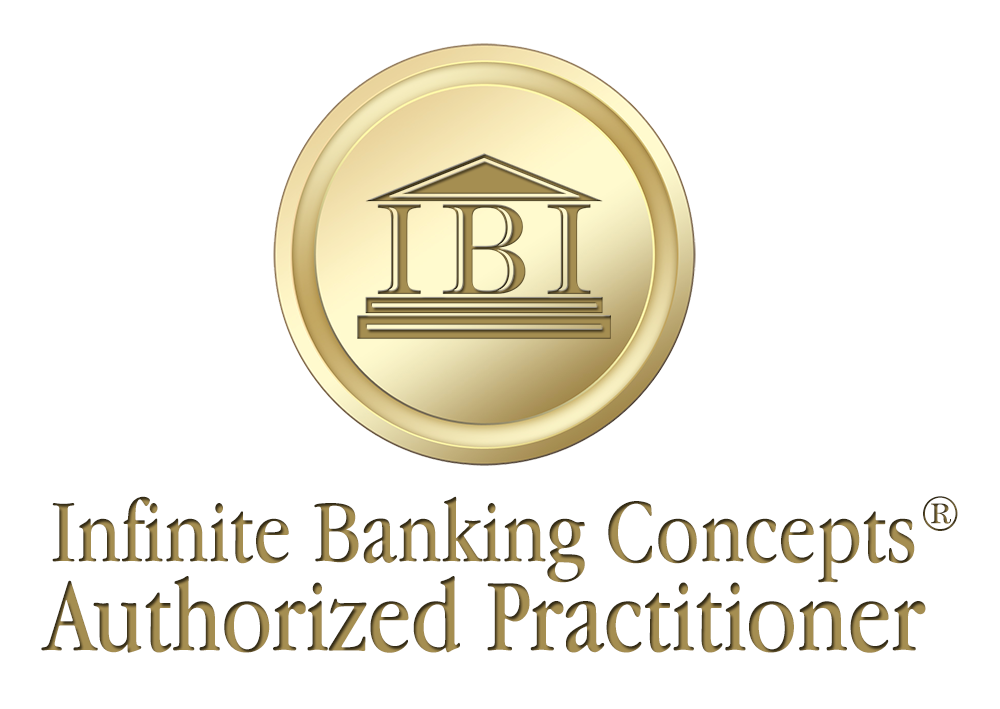Whole Life Insurance, an asset class for general public and for your Portfolio.
I recently came across and interesting interview from CNBC. You can go watch the interview here. The interview had many good points the least of which was the title of this article; Whole life insurance is a safe asset that should be considered for your portfolio. You can be sure of a beyond decent return.
For decades whole life insurance was used by the general public. In fact, before the 1970 is was the go to place for Americans’ savings. The general public has been conditioned to put their savings into other vehicles in the recent past, but still today this asset class is highly used by banks, corporations and college endowments.
But back to the interview. Let me summarize 9 reasons CNBC sites as reasons every American should add this asset class to your holding.
- High Rates of Return.
- Mortality is recession proof.
- Tax Free Gains.
- Not correlated to the stock market.
- Safe bet long term investment.
- Safe bet long term investment.
- High interest rates
- Virtually no volatility
- Liquidity through out your life.
Is that enough reasons or should I go on? There are other articles on this blog that give other reasons, but let me talk a little bit about why we offer a very specialize form or whole life insurance from specific companies and not the ever popular and easy to sell IULs or EIULs. I need to be clear here – ULs are not permanent insurance. They are term insurance.
A quick history lesson is useful here. I will allow R. Nelson Nash to give us the lesson. He is the author of the book Becoming Your Own Banker.
Universal Life was invented in the early 1980s by E. F. Hutton, a stock brokerage firm that, in my opinion, knew nothing about life insurance. Remember the television commercial, “When E. F. Hutton speaks, everyone listens.” Have you heard him say anything lately? They don’t exist anymore! UL was nothing more than “one-year term insurance with a side fund of an interest-bearing account.” It was an attempt to “un-bundle” the savings element and the life insurance element of a whole life policy — something that can’t be done, if one understands the concept of whole life insurance.
This happened during a time of high interest rates and it “looked good” in the early years of the policy. When I first saw the policy I ran some illustrations and they kept “falling apart” when the insured attained age 65 to 70. The cost of one-year term became prohibitive at the advanced ages and “ate up the cash fund” from that point forward. Therefore, I never sold one of them when I was in the business — and I surely wouldn’t buy one!
Next came Executive Life out in California. They made a “big splash” in the business and ultimately went broke. I understand that policy owners actually lost money with their policies.
Does the name, Michael Milken, mean anything to you? He did prison time as a result of his financial shenanigans. Would you guess where he was selling all of those “junk bonds?” If you replied, “Executive Life,” then go to the head of the class! Would you like your financial future in the hands of people like that?
Lastly, there came Variable Life, invented by Equitable Life Assurance Society. It was nothing more than one-year term insurance with a side fund of a mutual fund. There are more mutual funds than there are stocks. No mutual fund is any better than its manager. The great preponderance of mutual fund managers had never seen a down-turn in the market until the recent one.
I suggest that you read THE TRUTH ABOUT MUTUAL FUNDS. Then read THE BATTLE FOR THE SOUL OF CAPITALISM by John Bogle, the originator of The Vangard Fund. These two books are vital to the understanding of what goes on in that industry. Also read PIRATES OF MANHATTAN by Barry Dyke. Upon completion of these three books you should be adequately informed to make an intelligent decision as to whether you should consider Variable Life.
I was with Equitable Life when Variable Life came on the scene. I never sold one of those policies — and I would never buy one. I do not recommend its use for the Infinite Banking Concept.
So here are 9 reasons I do not like ULs or EIULS other than they are really term insurance.
- I have found that UL & EIUL have too many moving parts and they are tied to the fluctuating market index. The reason for many of the moving parts is to shift risk from the company back to the policy owner.
- They have not been around long and many ULs written in the 80s are already imploding. Whole Life has been around for over 150 years.
- The reason for the implosion is the ever increasing cost of insurance. The basis of all ULs is a one year renewable term policy. When you are young that cost is low, but year after year the cost gets more until it eats all your cash value and the policy lapses. This can potentially cause a tax burden. But what about no lapse guarantees? See reason #1 for understand.
- Some majoy insurance companies do not offer UL or EIUL because they are too risky. Banks shift risk away from themselves, so do what banks do. The insured is taking on the risk with these policies.
- Like #4, do what banks do. Major US banks use as a base reserves or tier one assets cash value mutual life insurance policies,. Why? Because they are safe and secure.
- Most importantly – UL & EIUL do not offer paid-up additions riders. These riders allow the policy owner to build cash faster, permanent cash, not something that is fleeting with the age of the insured.
- C.O.I. Cost of insurance. With UL the cost starts low but gets more expensive as you age which becomes a drag on the cash value over time, and usually causes the policy to lapse at the age you need it most. A lapsed policy can create a tax burden right when you can least afford it.
- Most ULs and EIULS do not ear dividends from the company profits. That is why these products are so popular with stock insurance companies.
- Lastly, but maybe a repeat of #1, there are just too many “if’s” in the contract. The contract states something is guaranteed “if”. Well there are many “ifs” in the contract. Be careful. As you read the contract or even the illustration, take note of the many times “if” is used. When there are guarantees, note that they are contingent on some subtle but dangerous “ifs”. For example If all premiums are paid on time. If no loans are taken. If all loans are paid. If all loans are paid on time. The results and stability of the contract has its own “ifs”. If mortality experience remains constant. If market rates perform as expected. If management and operation cost remain the same. Where is the risk to the insurance company?
- Just look at the illustration and look for the word LAPSED. I am sure you will find in. Most of time under the guaranteed amounts column. In case you are wondering lapsed means: no longer valid; expired. Oops that hurts.
Why is what we offer so much better? Well three reasons:
- Education. We personally train and educate you and direct you to the most educational resources. We stay in touch and support you for a life time either monthly, quarterly, semi annually or yearly, it is your choice. How do you make the most of your policy as your own banking system?
- Experience. We practice what we preach. We have our own policies and use them is many different ways. We do not recommend something we do not have experience with.
- Cash Value. Immediate and permanent cash value. We can insure almost everything. Well everything except your own poor choices. If you are teachable, you will have more cash than you have ever had before..
Isn’t it time you consider adding this incredible asset class to you holdings?
A few questions to consider:
1) Where can you find an insurance producer that knows how to design a policy for immediate assessable cash value?
2) What is a decent percentage of your first annual premium that should be in cash value immediately?
3) Has your current financial advisor educated you on the value and benefits of this times tested asset class?
4) How can you best learn about whole life insurance and its unique characteristics?






Leave a Reply
Want to join the discussion?Feel free to contribute!